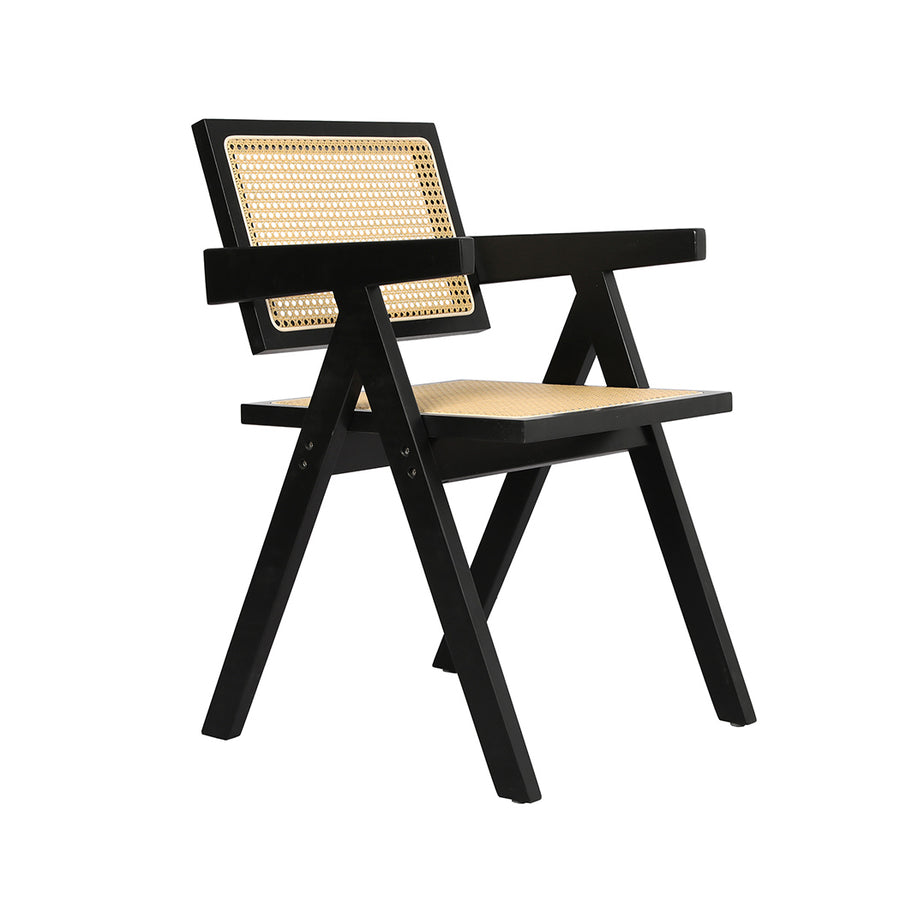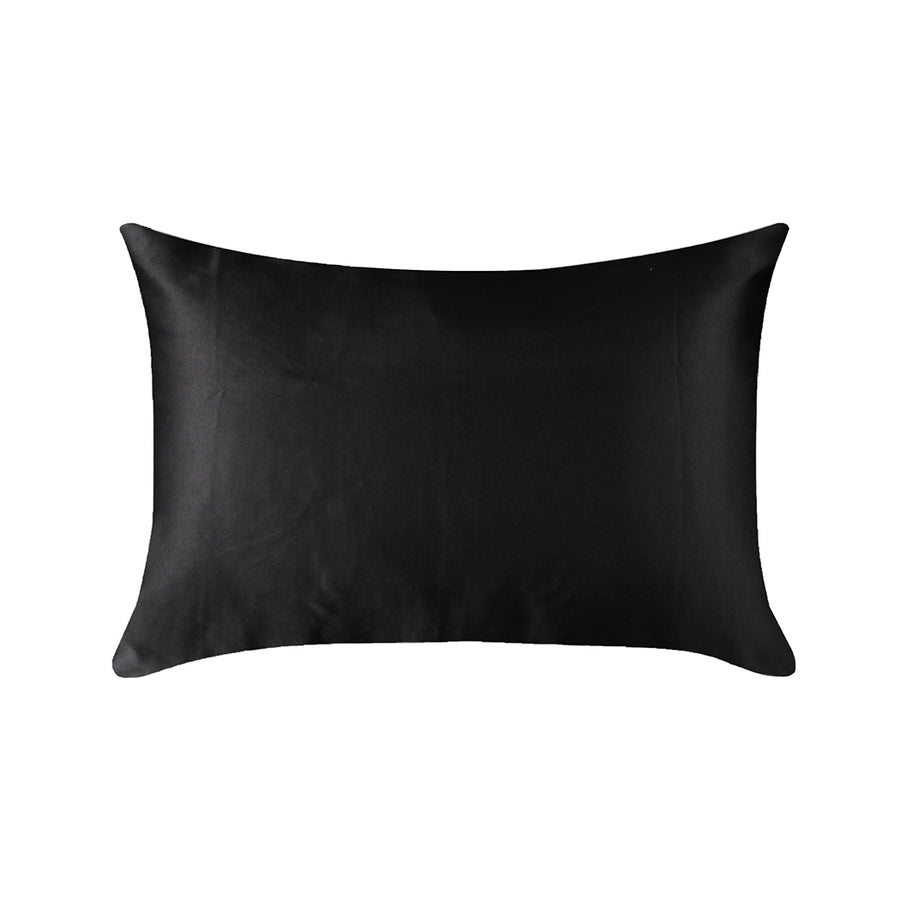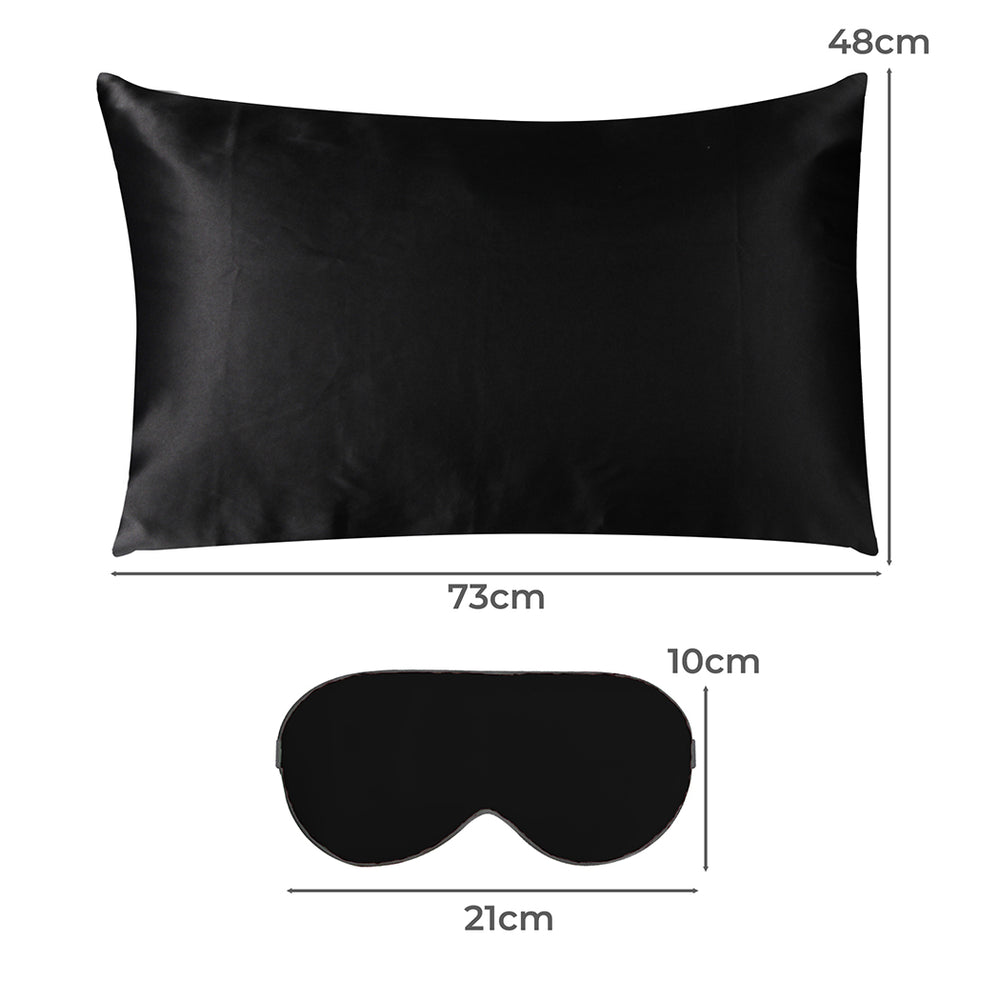
What’s a Box Spring & Do You Really Need One?
If you’ve ever shopped for a new mattress, chances are you’ve asked yourself the question: Do I need a box spring? With so many different bed bases available today — from slatted timber frames to sleek platform beds — it’s easy to get confused about where a box spring fits into the picture.
Once a staple in traditional mattress setups, box springs were designed to elevate your bed and add a layer of support and shock absorption beneath your mattress. But with modern mattress technology — especially pocket spring and memory foam designs — the need for a box spring has changed significantly.
In this guide, we’ll explain exactly what a box spring is, what it does, and whether it’s still relevant for today’s sleepers. Plus, we’ll share smart alternatives that pair perfectly with Dreamz mattress range, so you can build the ideal sleep setup from the ground up.
What Is a Box Spring?
A box spring is a type of bed base traditionally used to support a mattress. It’s typically made from a wooden or metal frame filled with a series of springs or a grid structure, all wrapped in fabric. The idea was to create a responsive base that absorbed shock, added bounce, and lifted the mattress to a comfortable height.
Box springs were originally designed to pair with innerspring mattresses, which were far more common before the rise of memory foam and pocket spring technology. The internal springs in both the base and mattress worked together to create a softer, more cushioned sleep experience.
Over time, however, mattress construction has evolved — and so has what we expect from a bed base. Today’s mattresses (like Levede’s Dreamz range) are designed with advanced support systems built in, meaning they no longer rely on a box spring to perform properly.
Still, you’ll sometimes see box springs sold with traditional mattress sets or in older bedroom setups — especially in the US. But are they necessary for your setup? Let’s explore what they actually do.
What Does a Box Spring Do?
In its original role, a box spring served a few key purposes — all of which made sense before modern mattress materials came onto the scene. Here’s what a box spring is designed to do:
1. Elevate the Mattress
A box spring adds height, making it easier to get in and out of bed. This was especially useful when mattresses were thinner and low-profile frames were common.
2. Absorb Shock
The internal springs inside the box spring absorbed movement and reduced wear on the mattress above — helpful for traditional innerspring mattresses that lacked durability.
3. Improve Airflow
By lifting the mattress off the floor and allowing air to circulate underneath, box springs helped prevent overheating and mildew build-up.
4. Prolong Mattress Lifespan
When paired correctly, a box spring could reduce mattress sagging and extend its usable life by evening out support across the bed surface.
But here’s the catch: most of these functions are now built into the mattress itself. Foam and pocket spring mattresses (like Dreamz collection) already have multi-layer support and reinforced bases. And with more supportive, ventilated bed frames available, a box spring isn’t always pulling its weight anymore.
Do You Really Need a Box Spring?
The short answer? Not usually. While box springs once played an essential role in mattress support, most modern mattresses no longer require one — and in some cases, using a box spring can actually work against your mattress's design.
When You Probably Don’t Need a Box Spring:
-
If you have a memory foam or pocket spring mattress
-
If your bed base is a platform, slatted, or adjustable frame
-
If your mattress warranty specifies a solid or slatted surface
-
If you want a lower profile look without stacking additional height
When a Box Spring Might Still Be Useful:
-
You’re using a traditional innerspring mattress that lacks internal support layers
-
Your bed frame is designed specifically for a box spring
-
You need extra height due to mobility issues or aesthetic preference
-
You’re using a metal frame without built-in slats or support bars
In most modern bedrooms, a box spring is no longer a “must-have” — it's simply one of many options. Today’s mattresses are designed to work beautifully on more supportive and space-efficient bases.
Box Spring Alternatives
If you’ve decided to skip the box spring — great news: there are several smarter, more supportive options that are better suited to today’s mattress designs. These alternatives not only offer improved durability and airflow, but also complement modern bedroom aesthetics.
1. Slatted Bed Base
One of the most popular choices in Australia, a slatted base consists of wooden or metal slats evenly spaced across a bed frame. It provides flexible support and encourages airflow, making it ideal for foam and pocket spring mattresses like those in the Dreamz range. Just ensure the slats are no more than 7–8 cm apart to maintain proper mattress support.
2. Platform Bed
Platform beds feature a flat, solid base or closely spaced slats that remove the need for a box spring altogether. They’re sleek, sturdy, and perfect for modern interiors — especially when paired with a vacuum-packed mattress like Dreamz. These frames offer reliable, even support and often sit lower to the ground for a minimalist look.
3. Adjustable Base
For premium comfort, adjustable bed bases allow you to raise the head or foot of your mattress — great for improving circulation, reducing snoring, or easing back pain. Most Dreamz foam and hybrid mattresses are compatible with adjustable bases, as they’re designed to flex without compromising structure.
4. Ensemble Base (Divan Style)
These upholstered box-style bases are still common in hotels and traditional setups. While technically not a “spring,” they provide firm, even support and a higher bed height. They work well with pocket spring and hybrid mattresses if you're after a more classic feel.
In short, there are plenty of ways to support your mattress — without relying on a traditional box spring.
Box Spring vs Other Bases: Pros and Cons
To make it even easier to compare your options, here’s a quick reference guide outlining the strengths and limitations of box springs and their modern alternatives:
| Base Type | Pros | Cons |
|---|---|---|
| Box Spring | Adds height, absorbs shock, classic look | Bulky, often unnecessary with modern mattresses, limited airflow |
| Slatted Base | Breathable, supportive, compatible with foam/pocket spring mattresses | Slats too far apart can reduce mattress lifespan |
| Platform Bed | Sleek, supportive, no extra parts needed | Lower profile may not suit all users |
| Adjustable Base | Customisable comfort, great for medical/postural needs | Higher cost, not compatible with all mattress types |
| Ensemble Base | Uniform support, hotel-style look, elevates mattress | Heavier, less breathable, can be harder to move |
Each base type has its place — but in most cases, a box spring isn’t essential anymore. With so many more versatile and supportive alternatives available, it’s worth exploring what works best with your mattress and bedroom style.
What Base Should You Choose?
The best base for your mattress isn’t about tradition — it’s about compatibility, comfort, and lifestyle. Whether you’re upgrading your entire bed or simply replacing your old base, here’s how to choose the right foundation:
If you own a Levede Dreamz Mattress:
You’re in luck — all Dreamz pocket spring and foam mattresses are designed to work best with:
-
Slatted bed bases (with narrow, evenly spaced slats)
-
Platform beds with solid or closely slatted surfaces
-
Adjustable bases (for select foam models)
These bases provide the even, supportive surface your mattress needs to perform at its best — no box spring required.
Other things to consider:
-
Bedroom style: Go for a platform bed for a modern, minimalist look or ensemble base for a plush hotel feel.
-
Mattress height: If your mattress is already thick (25cm+), a box spring might make the bed too high.
-
Mobility or accessibility: Taller bases make it easier to get in and out of bed.
-
Ventilation: Slatted or raised bases improve airflow — ideal for Australia’s warmer months.
The bottom line? Match your base to your mattress — not outdated conventions. And if you’re starting fresh, Levede’s range of supportive, stylish bed bases and Dreamz mattresses makes it easy to build your dream sleep setup from the ground up.
Do What Works for Your Sleep
Box springs had their place in mattress history — but in today’s world of advanced foam layers, zoned support, and breathable bed bases, they’re far from essential. For most modern mattresses, especially memory foam and pocket spring styles like those in Levede’s Dreamz range, a well-designed slatted or platform base offers everything you need: structure, airflow, and long-term support.
Whether you’re furnishing your first home or upgrading your master bedroom, it’s not about what’s traditional — it’s about what’s functional. The right base will protect your mattress investment and enhance your sleep quality night after night.






